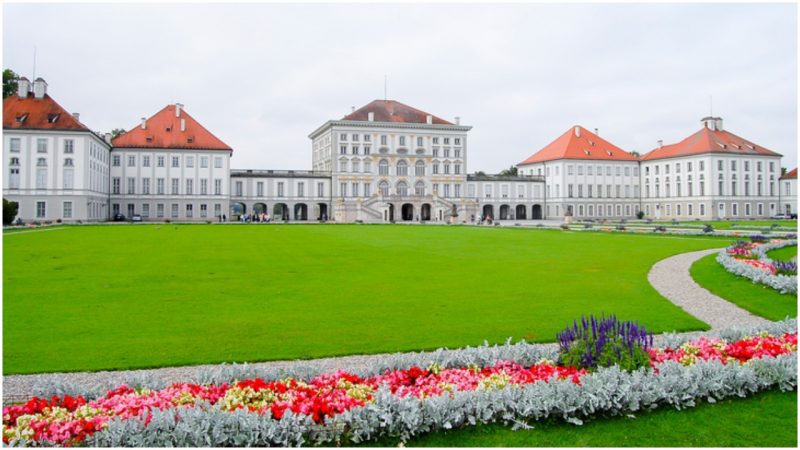Henriette Adelaide of Savoy, the wife of the Bavarian Elector Ferdinand Maria, was given an impressive gift to celebrate the birth of her son. After 10 years of marriage, the couple still hadn’t produced an heir to the throne.
But the luck of the royal couple was about to change. In 1662, the long-awaited heir Maximilian Emanuel was born. Ferdinand Maria was overjoyed and made a present to his wife: land on which she could build a beautiful palace. At that time, the property was not in the city of Munich as it is today, but was removed in the tranquil countryside.
In 1664, the construction of “borgo delle ninfe” began, supervised by the Italian architect Agostino Barelli. In 1679, the construction was coming to its end and Henriette Adelaide was very pleased with the final result. The design of the newly built residence was influenced by the style of Italian villas and to complete the estate, a small symmetrical garden was added. The couple used it as their summer residence.
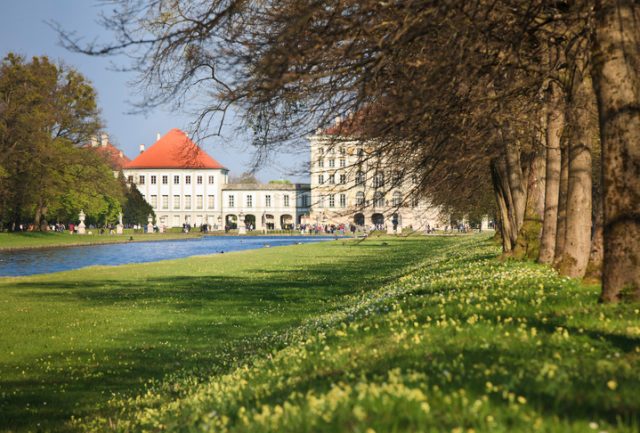
However, the residence did not remain in its original form for long. When Max Emanuel started his reign, he decided to enlarge not only the residence but also its gardens. In 1701, he commissioned the architect Henrico Zuccalli to build additional two wings. The new design of the garden in a French formal style was entrusted to Charles Carbonet. He was a student of André Le Nôtre, the landscape architect who created the park at the Palace of Versailles. But construction had to be stopped in 1704 because the Spanish War of Succession erupted and Max Emanuel had to leave Bavaria to join the troops in the battlefield.
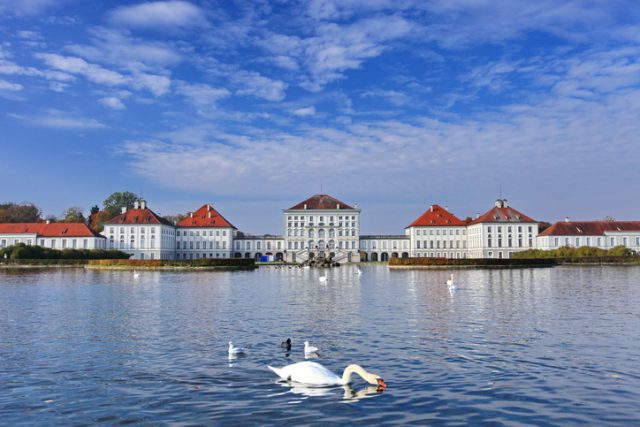
After 11 years, he returned home, but not alone. Max Emanuel was determined to finish the construction of his Baroque palace and for this purpose, he brought with him many craftsmen, painters, sculptors, and other artists from France. However, local artists were not excluded from the project. Their work is well preserved in the interior of the palace. Probably the most famous is the magnificent fresco of the nymph, inspired by the name of the palace, meaning “Castle of the Nymph” (Schloss Nymphenburg).
He also sought the advice of the famous architects such as Antonio Viscardi for the further alterations. Max Emanuel didn’t forget the gardens either and entrusted Dominique Girard, who co-worked with Viscardi, to expand them, adding the grand parterre, stables and the pavilion known as Magdalenenklause. Nowadays, ancient carriages used by the monarchs are on display in the stables.
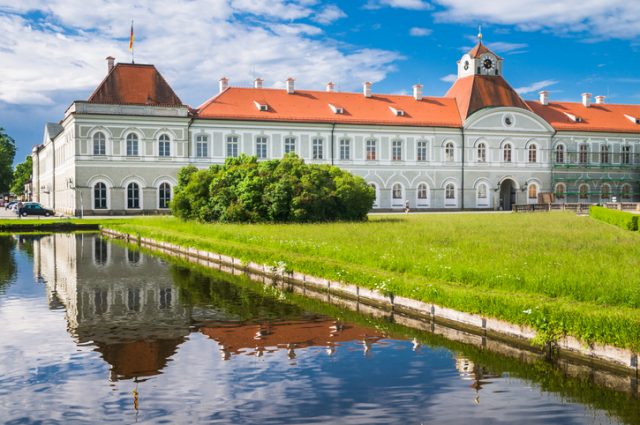
Max Emanuel’s son Emperor Charles VII continued with the improvements of the palace, however his most notable work is not in the palace but in the gardens, designed by the French architect François Cuvillés the Elder. Originally built as a hunting château, the Amalienburg remains one of the best examples of the Rococo style in Germany. The extension of the palace and its gardens seemed to be nowhere near the end. Maximilian III Joseph remodeled the grand parterre and decorated the gardens with statues of Apollo, Hera, Poseidon and other Greek gods and goddesses. He also lavishly decorated the Great Hall in the then-fashionable Rococo style.
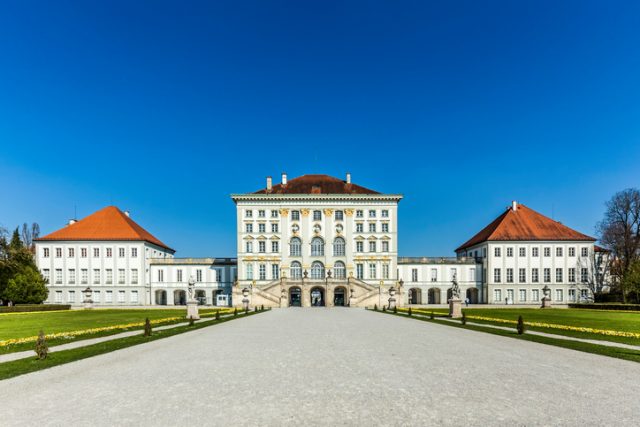
Karl Theodor opened the gardens to the public for the first time in 1792. At the beginning of the 19th century, Bavaria had become a kingdom and the palace was an important residence of the monarchs.
The then-Elector Maximilian IV Joseph, who was now the first King of Bavaria, known as Maximilian I Joseph, redesigned part of the interior in the Neo-classical style. He wanted to turn the palace into a residence fit for a king, although by now, it probably was. Then, when the English landscape garden became fashionable in Germany, Friedrich Ludwig Sckell redesigned the gardens once more, replacing the geometrical forms with a more natural look.
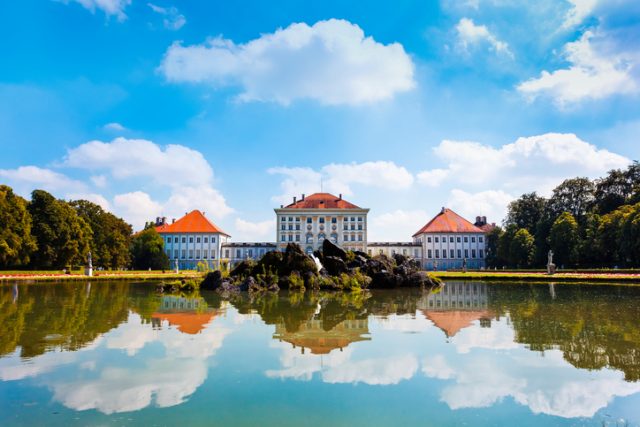
Finally, after centuries of construction, the palace was completed. Throughout the years, it has remained a favorite summer residence for the royals. King Maximilian I Joseph died at the palace, while his son King Ludwig II, mostly known for building the enchanting Neuschwanstein Castle, was born here. Impressive frescoes and tapestries, stylish furniture, and magnificent chandeliers still decorate the rooms in the palace. The most unusual room is The Gallery of Beauties.
It includes 38 portraits of the most beautiful local women selected by Ludwig I. With all the efforts put in constant improvements, it is no surprise that Nymphenburg Palace is one of the most magnificent residences in Germany.
